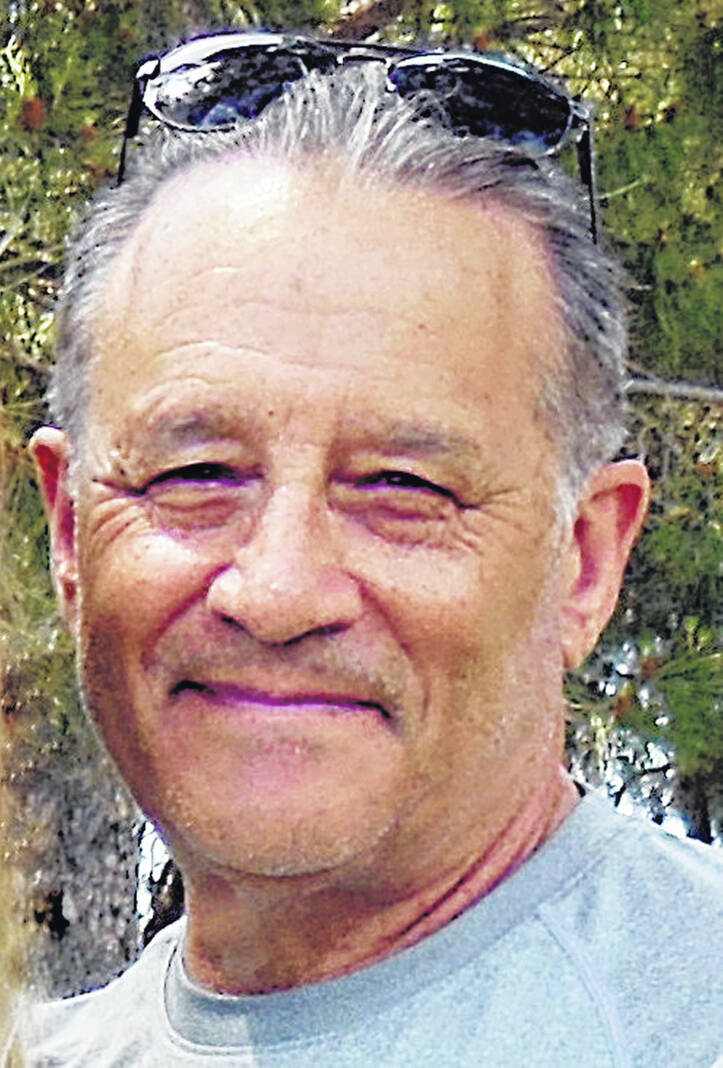
Several years ago I wrote a novel about a boy from Hillsboro, Ohio, unconscious from an accident, in a coma for weeks, then somehow miraculously infused by divine intervention with the answers to the universe. It was “The Extraordinary Tale of Nathan Turner” (amazon.com).
While the core narrative of the book was inspired by the works of astrophysics and planetary scientist Neil deGrasse Tyson, The Hubble Space Telescope was also an inspiration with its fantastic imagery that still makes me wonder about the unfathomable dimensions of our universe, or as some suggest, our universe among many.
Enter the James Webb Space Telescope (JWST) with its first pictures this past week of deep space. The physics of what the JWST brings to astronomy is best left to physicists to explain but suffice it to say that the infrared light spectrum that this new telescope uses enables us to see space objects as they appeared very soon after their formation, billions of years ago.
How deep is space? Light travels at 186,000 miles per second. That means light travels fast enough to circle the earth seven-plus times in less than a second. The JWST is said to be able to see objects coming into view from 13.7 billion years ago, between 100 and 250 million years after the Big Bang when dark space finally lit up. But because the universe is expanding, these objects are actually more than 13.7 billion light years away. So, just imagine… light traveling at 186,000 miles per second has taken over 13.7 billion years to reach this telescope. Unimaginable and inconceivable don’t even come close to capturing the tantalizing question: “How deep is space?”
Kevin Hainline, a University of Arizona astronomer and astrophysicist, said, “I keep telling people that this week astronomy on the whole is going to change.” How that works out is probably best left to the astronomers, but for us lay people, the pictures are stunning, colorfully awash with inspiration, and quite simply works of art. Judy Woodruff, anchor of the PBS News Hour, was narrating a segment of her program showing the pictures NASA had released from the JWST and all she was able to conjure up about the images was, “I feel like I should be sitting back and listening to classical music as I watch these pictures.”
As a kid, I used to look up at the Milky Way, the galaxy that happens to include our solar system, and I can remember thinking, “Wow, space is so big!” Turns out that in the greater scheme of the cosmos, I was looking at something that was infinitesimally smaller than a grain of sand.
The first image released by NASA’s Goddard Space Center was a picture with a black velvet background, a shining star front and center and then a myriad of tiny oblong objects, obviously spinning in space. It was like rich black earth, and the germination of billions of stars. How many? Hundreds, maybe thousands in the image. Yet each one of these tiny shapes was another galaxy. It was then that I was reminded of the incalculable vastness of space. But to put things into further perspective, the accompanying caption said that what we were seeing was a piece of space that you might view if you held a paper at arms-length with a whole in it the size of a grain of sand.
Bill Nelson, the former senator from Florida and now NASA administrator, explained that the new telescope with its extreme sensitivity will help in our “search for the markers of life and habitability on other worlds.”
So, is there life as we know it elsewhere? With zillions of square miles of space, quantified as best as we can today with the JWST, it’s a pretty safe bet that there’s life as we know it elsewhere and maybe even many cases of it.
How and why stars form, the physics of devouring black holes, the aftermath events following the Big Bang, and how these things interact with billions of galaxies will be a never-ending part of the book of our beginnings, but the James Webb Space Telescope will make the next several chapters go by fast.
How deep is space? It’s impossible to say. But what all this reminds me of is how small we are. We earthlings are perpetual and quintessential adolescents, thinking the world and the universe revolve around us. I mean, honestly, what would our world be, and how could it be, if we were no longer present? Yet we are pin pricks in a vast and miraculous expanse of dark matter and dark energy, beyond anything we can possibly comprehend.
Polarized politicians? Angry ideologues? Overweening despots seeking attention? Oligarchs competing for the largest yachts ever? Super-rich hedge-fund managers and investment bankers? Or, as UB40 once put it, “The one in 10 who don’t exist but who are always there in a world that doesn’t care.” And then there’s the elephant in the room, climate change. All of these issues, challenges and idiosyncrasies are small stuff in the greater planetary scheme of things.
What the James Webb Space Telescope reminds me of is that what will sustain us in our tiny world is our humanity, and to that end, the essential practice of civility. Otherwise our world will become even smaller and a hot mess in more than one way.
How deep is space? All we know for sure is that we have found our place in the Milky Way, and as far as the rest is concerned, the vista is vast.
Bill Sims is a Hillsboro resident, retired president of the Denver Council on Foreign Relations, an author and runs a small farm in Berrysville with his wife. He is a former educator, executive and foundation president.


